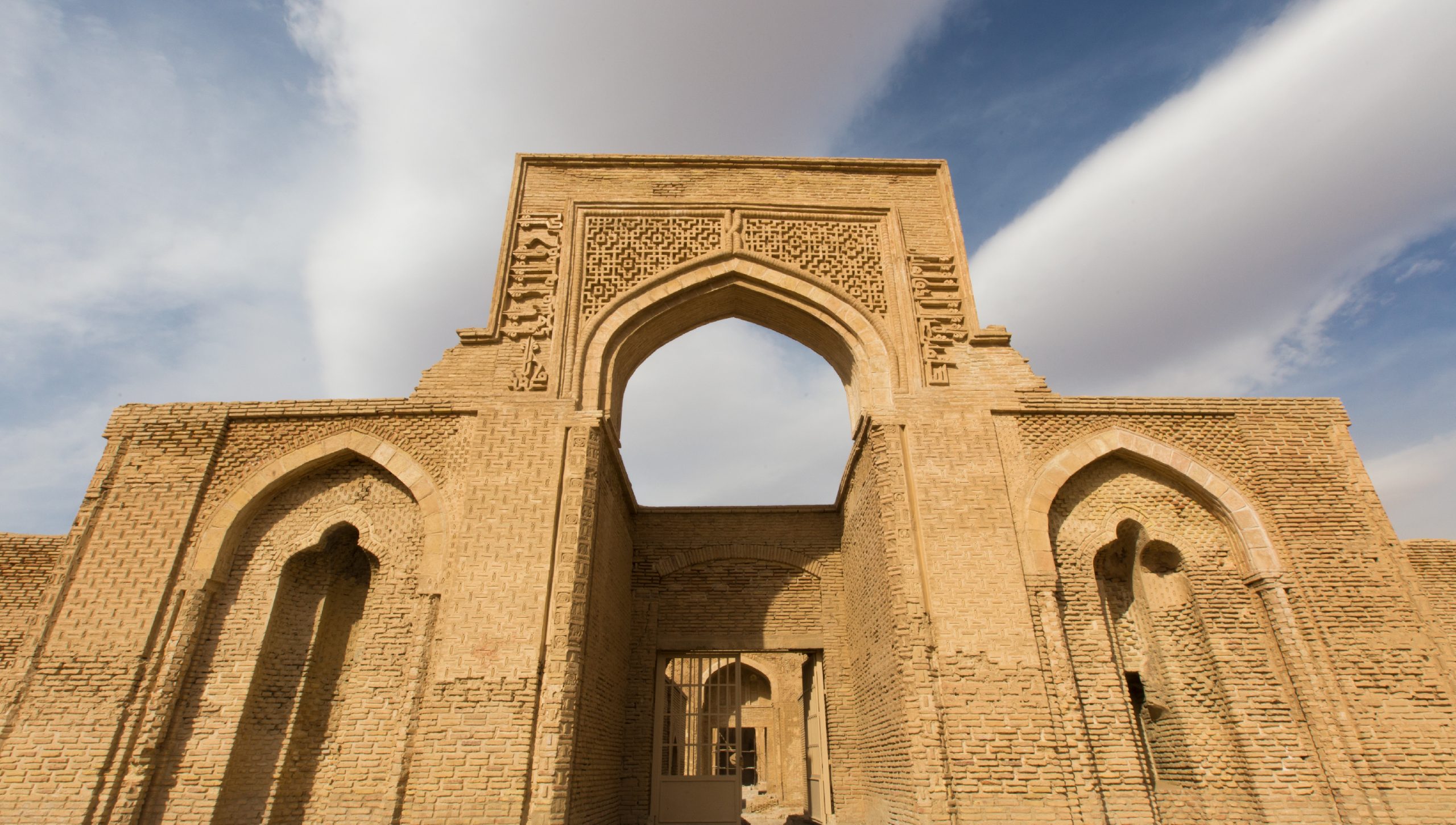
Sharaf Caravanserai

Dates back to 1319 AH, Andre Godardand and Abdul Hamid Molavi studied and analyzed the Sharaf caravanserai for the first time in the last eighty years. He studied and introduced all the inscriptions and their texts based on their calligraphies. The National Organization for the Protection of Antiques in 1356 AH excavated the site, discovered the objects, and examined the inn.

Most of the previous studies about caravanserai were based on the architecture and their inscription’s introduction. This research tried to fill this gap and investigated the visual aspects of the motifs and scrolls of the Sharaf caravanserai in Khorasan Razavi. This descriptive and practical research has been directed toward achieving the visual features of the sculpture and scroll of Sharaf caravanserai, using both methods of collecting information in libraries and surveying the site.This descriptive and practical research has been directed toward achieving the visual features of the sculpture and scroll of Sharaf caravanserai, using both methods of collecting information in libraries and surveying the site.
The results indicated that plaster and brick became more common in the building designs during 508 to 549 AH, and affected the motifs. Therefore, motifs’ form evolved from geometric to vegetative, vertical symmetry to asymmetrical, and dominant denticulated to curved. These changes could have occurred during repair based on Sultan Sanjar’s wife’s decree, which is an example of the female role in Iranian architecture.




